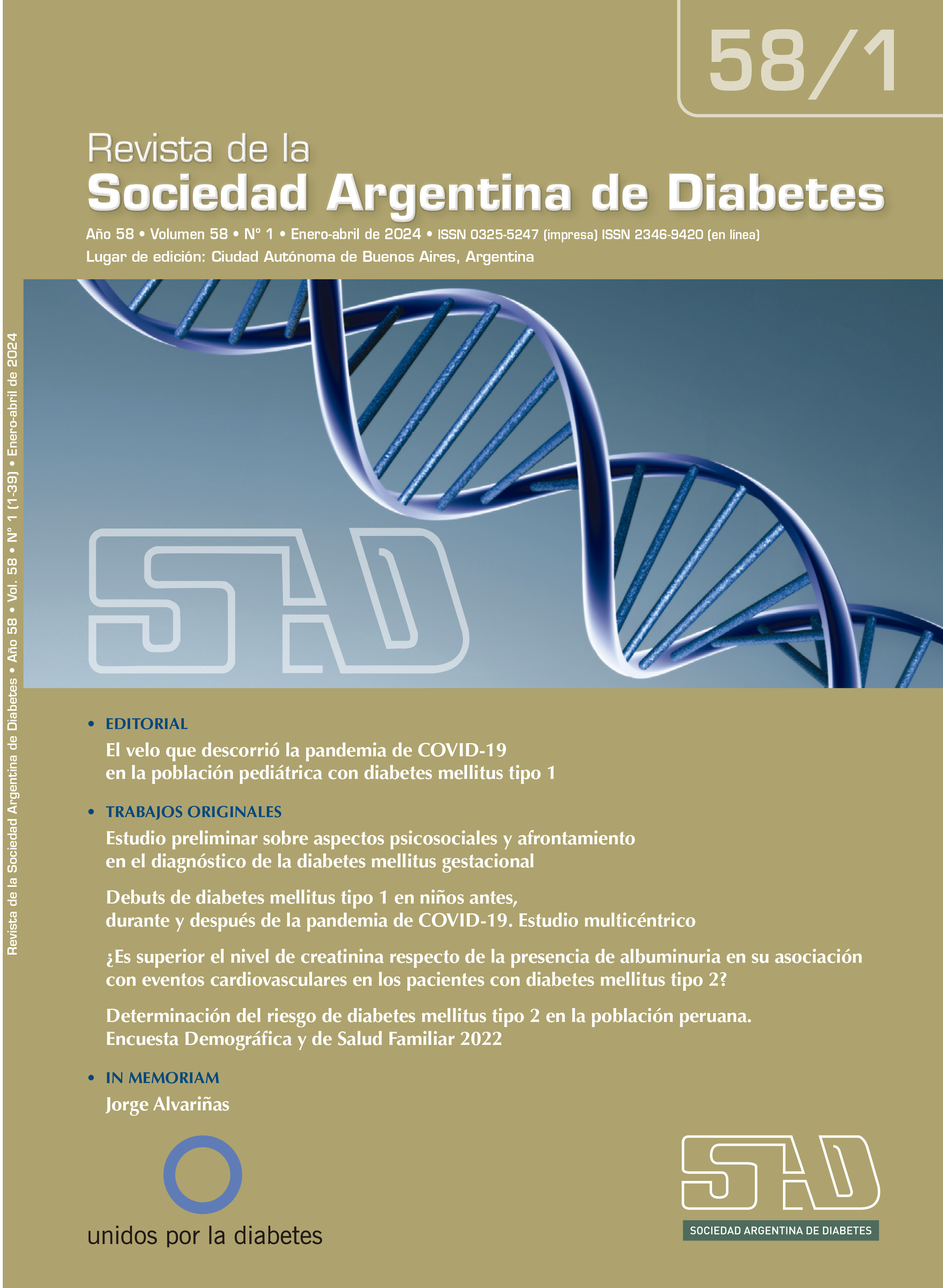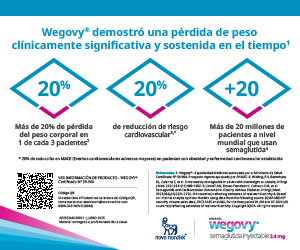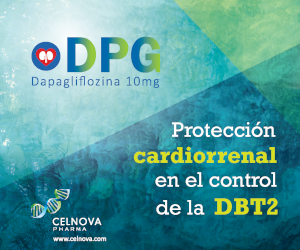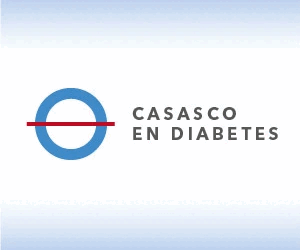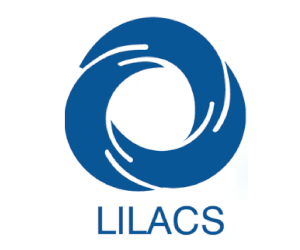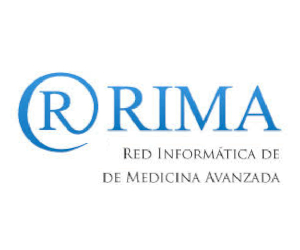Ophthalmopathy Committee. Is ophthalmic disease in diabetes a useful tool to categorize cardiovascular risk?
DOI:
https://doi.org/10.47196/diab.v58i1Sup.766Keywords:
cardiovascular risk, retinopathy, macular edemaAbstract
Today, nobody doubts that the appearance of microvascular complications in diabetes is related to chronic hyperglycemia. The recently published ESC 2023 guidelines for the management of cardiovascular disease in patients with diabetes reiterates that the presence of diabetic retinopathy together with nephropathy and neuropathy place the patient in a very high cardiovascular risk category. Correctly categorizing the patient’s cardiovascular risk allows us to prevent and/or delay major cardiovascular events, take appropriate precautions when performing surgical procedures, and avoid intra- or perioperative complications. This committee recommends that before starting any course of medication for diabetes, a complete ophthalmological evaluation should be performed, including a fundoscopy and other studies such us retinofluoresceinography and optical coherence tomography, to categorize the patient correctly and choose the most appropriate glycemic control medication.
References
I. Bianchi C, Del Prato S. Metabolic memory and individual treatment aims in type 2 diabetes outcome-lessons learned from large clinical trials. Rev Diabet Stud 2011;8(3):432-40.
II. Nathan DM, Cleary PA, Backlund JY, Genuth SM, Lachin JM, Orchard TJ, et al.; Diabetes Control and Complications Trial/Epidemiology of Diabetes Interventions and Complications (DCCT/EDIC) Study research Group. Intensive diabetes treatment and cardiovascular disease in patients with type 1 diabetes. N Engl J Med 2005;353(25):2643-53.
III. Cosentino F, Grant PJ, Aboyans V, Bailey CJ, Ceriello A, Delgado V, Federici M, Filippatos G, Grobbee DE, Hansen TB, Huikuri HV, Johansson I, Jüni P, Lettino M, Marx N, Mellbin LG, Östgren CJ, Rocca B, Roffi M, Sattar N, Seferović PM, Sousa Uva M, Valensi P, Wheeler DC; ESC Scientific Document Group. 2019 ESC Guidelines on diabetes, pre-diabetes, and cardiovascular diseases developed in collaboration with the EASD. Eur Heart J 2020 Jan 7;41(2):255-323. doi: 10.1093/eurheartj/ehz486.
IV. Das SR, Everett BM, Birtcher KK, Brown JM, Januzzi JL Jr, Kalyani RR, Kosiborod M, Magwire M, Morris PB, Neumiller JJ, Sperling LS. 2020 Expert consensus decision pathway on novel therapies for cardiovascular risk reduction in patients with type 2 diabetes. A report of the American College of Cardiology Solution Set Oversight Committee. J Am Coll Cardiol 2020 Sep 1;76(9):1117-1145. doi: 10.1016/j.jacc.2020.05.037.
V. Marx N, Federici M, Schütt K, Müller-Wieland D; ESC Scientific Document Group. ESC Guidelines for the management of cardiovascular disease in patients with diabetes: Developed by the task force on the management of cardiovascular disease in patients with diabetes of the European Society of Cardiology (ESC). European Heart Journal 2023;44(39):4043-4140. doi: 10.1093/eurheartj/ehad192.
VI. Davis MD, Hiller R, Magli YL, Podgor MJ, Ederer F, Harris WA, et al. Prognosis for life in patients with diabetes: relation to severity of retinopathy. Trans Am Ophthalmol Soc 1979;77:144-70.
VII. Juutilainen A, Lehto S, Rönnemaa T, Pyörälä K, Laakso M. Retinopathy predicts cardiovascular mortality in type 2 diabetic men and women. Diabetes Care 2007;30(2): 292-9.
VIII. Cheung N, Rogers S, Couper DJ, Klein R, Sharrett AR, Wong TY. Is diabetic retinopathy an independent risk factor for ischemic stroke? Stroke 2007;38(2):398- 401.
IX. Guo VY, Cao B, Wu X, Lee JJW, Zee BC. Prospective association between diabetic retinopathy and cardiovascular disease. A systematic review and meta-analysis of cohort studies. J Stroke Cerebrovasc Dis 2016 Jul;25(7):1688-1695. doi: 10.1016/j.jstrokecerebrovasdis.2016.03.009.
X. Zhu XR, Zhang YP, Bai L, Zhang XL, Zhou JB, Yang JK. Prediction of risk of diabetic retinopathy for all-cause mortality, stroke and heart failure: Evidence from epidemiological observational studies. Medicine (Baltimore). 2017 Jan;96(3):e5894. doi: 10.1097/MD.0000000000005894.
XI. Cooper LS, Wong TY, Klein R, Sharrett AR, Bryan RN, Hubbard LD, et al. Retinal microvascular abnormalities and MRI-defined subclinical cerebral infarction: the Atherosclerosis Risk in Communities Study. Stroke 2006;37(1):82-6.
XII. Ho H, Cheung CY, Sabanayagam C, Yip W, Ikram MK, Ong PG, Mitchell P, Chow KY, Cheng CY, Tai ES, Wong TY. Retinopathy signs improved prediction and reclassification of cardiovascular disease risk in diabetes: a prospective cohort study. Sci Rep. 2017 Feb 2;7:41492. doi: 10.1038/srep41492
XIII. Kawasaki R, Tanaka S, Tanaka S, Abe S, Sone H, Yokote K, et al.; Japan Diabetes Complications Study Group. Risk of cardiovascular diseases is increased even with mild diabetic retinopathy: the Japan Diabetes Complications Study. Ophthalmology 2013;120(3):574-82.
XIV. Kramer CK, Rodrigues TC, Canani LH, Gross JL, Azevedo MJ. Diabetic retinopathy predicts all-cause mortality and cardiovascular events in both type 1 and 2 diabetes: meta-analysis of observational studies. Diabetes Care 2011 May;34(5):1238-44. doi: 10.2337/dc11-0079.
XV. Garofolo M, Gualdani E, Giannarelli R, Aragona M, Campi F, Lucchesi D, Daniele G, Miccoli R, Francesconi P, Del Prato S, Penno G. Microvascular complications burden (nephropathy, retinopathy and peripheral polyneuropathy) affects risk of major vascular events and all-cause mortality in type 1 diabetes: a 10-year follow-up study. Cardiovasc Diabetol 2019 Nov 16;18(1):159. doi: 10.1186/s12933-019-0961-7.
XVI. Gimeno-Orna JA, Faure-Nogueras E, Castro-Alonso FJ, Boned-Juliani B. Ability of retinopathy to predict cardiovascular disease in patients with type 2 diabetes mellitus. Am J Cardiol 2009 May 15;103(10):1364-7. doi: 10.1016/j.amjcard.2009.01.345.
XVII. Xie J, Ikram MK, Cotch MF, Klein B, Varma R, Shaw JE, Klein R, Mitchell P, Lamoureux EL, Wong TY. Association of diabetic macular edema and proliferative diabetic retinopathy with cardiovascular disease: a systematic review and meta-analysis. JAMA Ophthalmol 2017 Jun 1;135(6):586-593. doi: 10.1001/jamaophthalmol.2017.0988.
XVIII. Gerstein HC, Ambrosius WT, Danis R, Ismail-Beigi F, Cushman W, Calles J, et al. ACCORD Study Group. Diabetic retinopathy, its progression, and incident cardiovascular events in the ACCORD trial. Diabetes Care 2013;36(5):1266-71.
XIX. Damkondwar DR, Raman R, Suganeswari G, Kulothungan V, Sharma T. Assessing Framingham cardiovascular risk scores in subjects with diabetes and their correlation with diabetic retinopathy. Indian J Ophthalmol 2012;60(1):45-8.
XX. Cheung N, Wang JJ, Rogers SL, Brancati F, Klein R, Sharrett AR, Wong TY; ARIC (Atherosclerosis Risk In Communities) Study Investigators. Diabetic retinopathy and risk of heart failure. J Am Coll Cardiol. 2008 Apr 22;51(16):1573-8. doi: 10.1016/j.jacc.2007.11.076.
XXI. Sabanayagam C, Chee ML, Banu R, Cheng CY, Lim SC, Tai ES, Coffman T, Wong TY. Association of diabetic retinopathy and diabetic kidney disease with all cause and cardiovascular mortality in a multiethnic asian population. JAMA Netw Open 2019 Mar 1;2(3):e191540. doi: 10.1001/jamanetworkopen.2019.1540.
XXII. American Diabetes Association Professional Practice Committee. 9. Pharmacologic approaches to glycemic treatment: Standards of Care in Diabetes-2024. Diabetes Care 2024 Jan 1;47(Suppl 1):S158-S178. doi: 10.2337/dc24-S009.
XXIII. American Diabetes Association Professional Practice Committee. 10. Cardiovascular disease and risk management: Standards of Care in Diabetes 2024. Diabetes Care. 2024 Jan 1;47(Suppl 1):S179-S218. doi: 10.2337/dc24-S010.
XXIV. American Diabetes Association Professional Practice Committee. 12. Retinopathy, neuropathy, and foot care: Standards of Care in Diabetes-2024. Diabetes Care. 2024 Jan 1;47(Suppl 1):S231-S243. doi: 10.2337/dc24-S012.
XXV. Bethel MA, Diaz R, Castellana N, Bhattacharya I, Gerstein HC, Lakshmanan MC. HbA1c change and diabetic retinopathy during GLP-1 receptor agonist cardiovascular outcome trials: a meta-analysis and meta-regression. Diabetes Care 2021 Jan;44(1):290-296. doi: 10.2337/dc20-1815.
XXVI. Novo Nordisk A/S. A research study to look at how semaglutide compared to placebo affects diabetic eye disease in people with type 2 diabetes (FOCUS); [about 9 screens]. In: ClinicalTrials.gov. Bethesda, MD, National Library of Medicine (US), 2000. NLM Identifier: NCT03811561. Accessed 11 September 2020. Disponible en: https://clinicaltrials.gov/ct2/show/NCT03811561.
XXVII. Inzucchi SE, Wanner C, Hehnke U, Zwiener I, Kaspers S, Clark D, George JT, Zinman B. Retinopathy outcomes with empagliflozin vs placebo in the EMPA-REG OUTCOME Trial. Diabetes Care 2019 Apr;42(4):e53-e55. doi: 10.2337/dc18-1355.
XXVIII. Yen F, Wei JC, Yu T, Hung Y, Hsu C, Hwu C. Sodium-glucose cotransporter 2 inhibitors and risk of retinopathy in patients with type 2 diabetes. JAMA Netw Open 2023;6(12):e2348431. doi:10.1001/jamanetworkopen.2023.48431.
XXIX. Li JX, Hung YT, Bair H, Hsu SB, Hsu CY, Lin CJ. Sodium-glucose co-transporter 2 inhibitor add-on therapy for metformin delays diabetic retinopathy progression in diabetes patients: a population-based cohort study. Sci Rep 2023 Oct 10;13(1):17049. doi: 10.1038/s41598-023-43893-2.
Downloads
Published
Issue
Section
License
Copyright (c) 2024 on behalf of the authors. Reproduction rights: Argentine Diabetes Society

This work is licensed under a Creative Commons Attribution-NonCommercial-NoDerivatives 4.0 International License.
Dirección Nacional de Derecho de Autor, Exp. N° 5.333.129. Instituto Nacional de la Propiedad Industrial, Marca «Revista de la Sociedad Argentina de Diabetes - Asociación Civil» N° de concesión 2.605.405 y N° de disposición 1.404/13.
La Revista de la SAD está licenciada bajo Licencia Creative Commons Atribución – No Comercial – Sin Obra Derivada 4.0 Internacional.
Por otra parte, la Revista SAD permite que los autores mantengan los derechos de autor sin restricciones.



